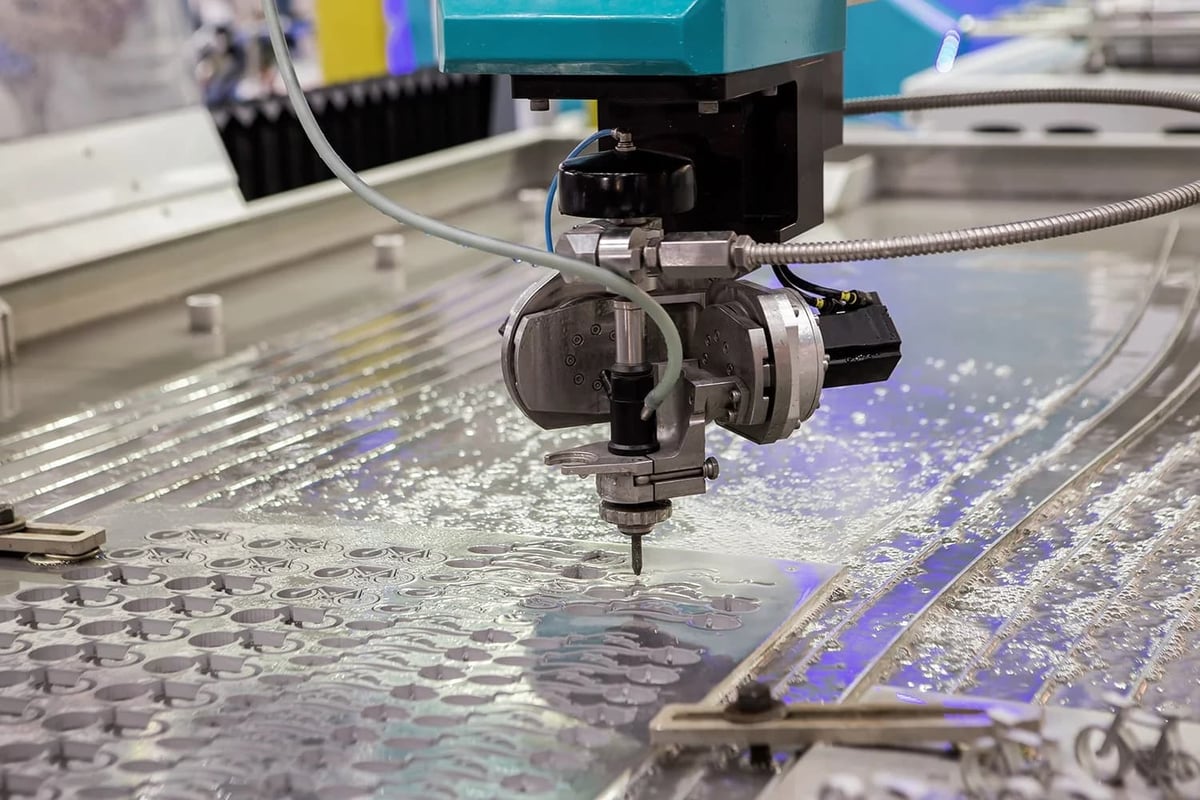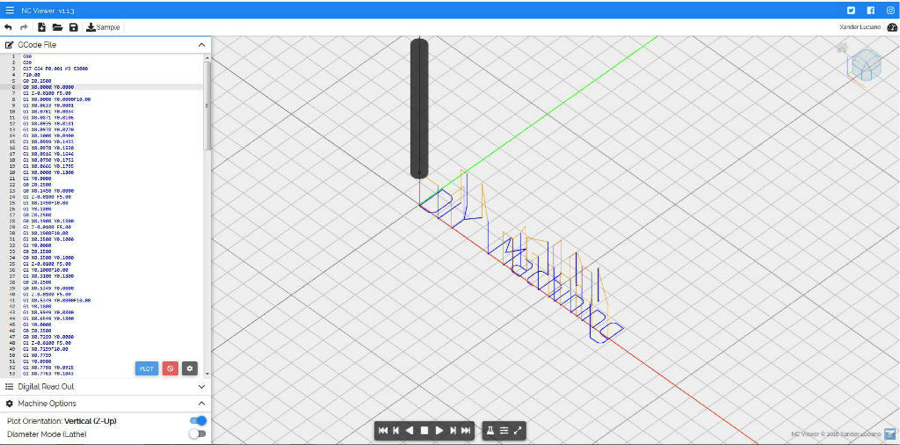If you’re a maker, tinkerer, or 3D printing hobbyist, you’ve likely heard the term “CNC” used quite often. It stands for computer numerical control, which is a process used to control many types of traditional machining tools as well as newer additive manufacturing machines like 3D printers.
The first machining tools, such as mills and lathes, were controlled manually by turning dials and moving levers while periodically checking work manually. In contrast, the CNC process automates the machine movements and actions using a computer that delivers instructions to the CNC machine.
In addition to automation, CNC provides the ability to fabricate complex parts through the precise control of tools. Therefore, CNC can be applied to a variety of machines and is independent of the machine’s function, be it cutting, printing, or something else.
To learn more about CNC itself, check out our dedicated guide:
CNC vs CNC Milling
People often use the term “CNC” interchangeably with the most common types of CNC machines, such as CNC milling machines, but the two terms are actually different in meaning, with “CNC” having a much broader scope that applies to nearly all types of automated machines, including, for example, 3D printers.
Types of Machines

So what types of machines can be controlled by CNC? Most machining tools, actually:
- Mills
- Lathes
- Routers
- Plasma cutters
- Water jet cutters
- Electric discharge machines
In addition to these tools, exciting new machines, such as 3D printers and fabrication and assembly robots, also utilize this technology.
Exciting New CNC Applications
3D printers are technically examples of CNC machines. Printers use a slightly modified approach, taking 3D model data and translating it into machine code using slicer software, which is specialty software designed for 3D printers. 3D printers build parts one layer at a time so the software is tailored to the additive manufacturing process.
Machine Language

The most common machine control programing language is called G-code. This is the programming language in which the machine instructions are written. Anyone can type a G-code program manually, but it’s more common to have programs generated by computer-aided manufacturing (CAM) or slicer software. This automated translation is important because it allows digital designs to be made by powerful machines fairly painlessly and intuitively.
Fun fact: You can even test out your automatically-generated G-code programs before starting a job using a G-code viewer or simulator.
Some 3D printing hobbyists might notice that the machine language for both CNC and 3D printing go by the same name. But CNC G-code differs from 3D printing G-code quite dramatically…
CNC Is Sticking Around

CNC technology is used to control many of the machines we have used in traditional machining for many years as well as newer machines such as 3D printers.
This is a technology that is key to the future of manufacturing and automation. It’s being used to make just about anything from rocket components taking astronauts to space to machines that make them pizza (while in space).
CNC is crucial to the modern world since it allows digital designs to be fabricated in all kinds of shapes and materials. In a sense, CNC is building the world as we know it.
(Lead image source: ferrymachine.com)
License: The text of "What Is CNC? – Simply Explained" by All3DP is licensed under a Creative Commons Attribution 4.0 International License.

